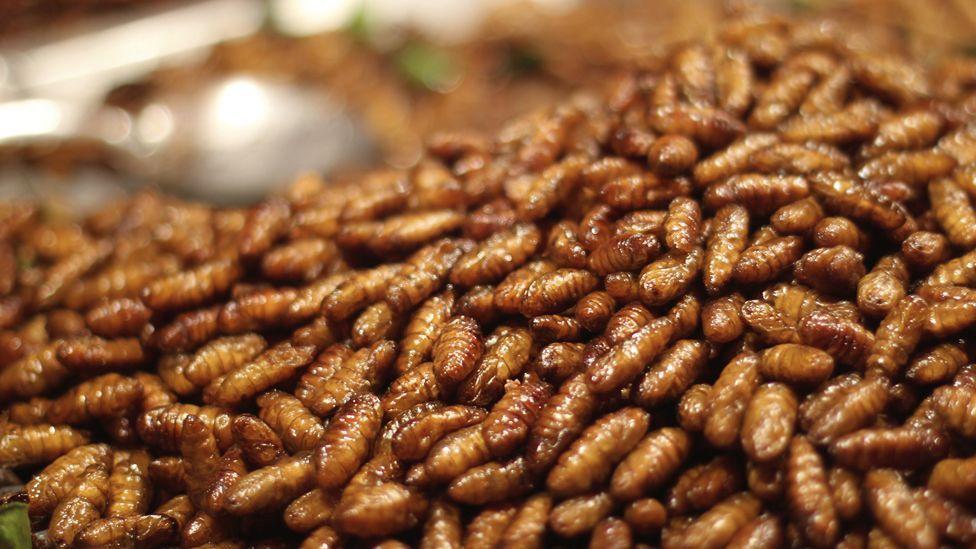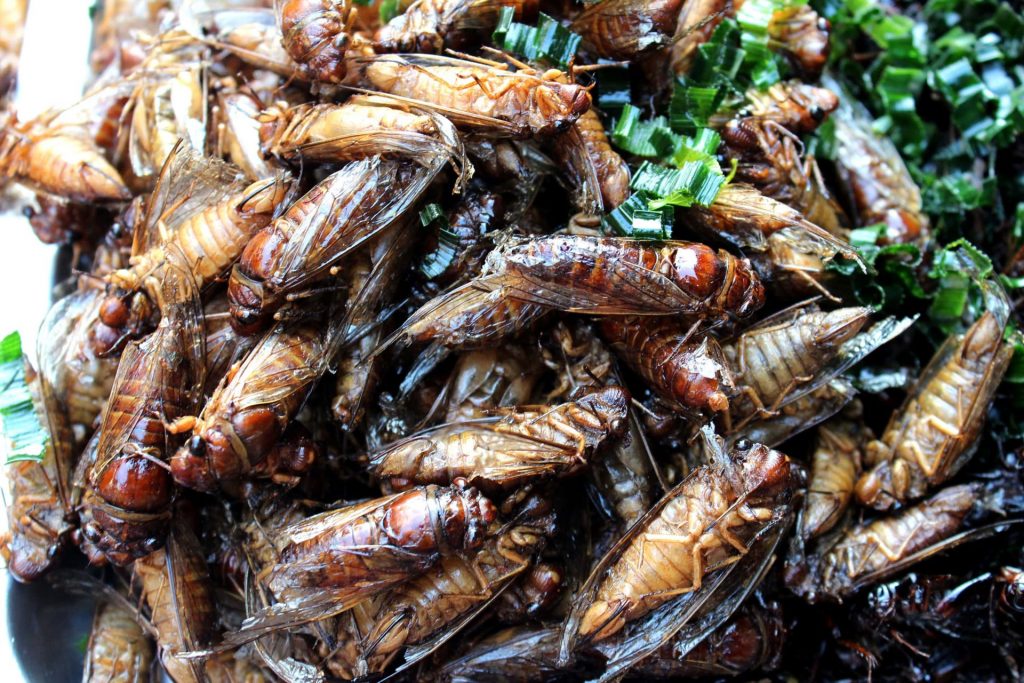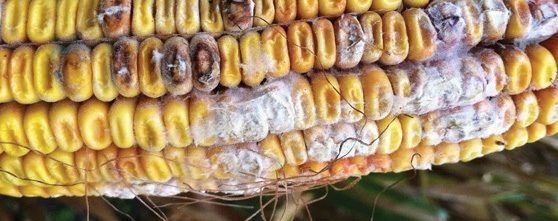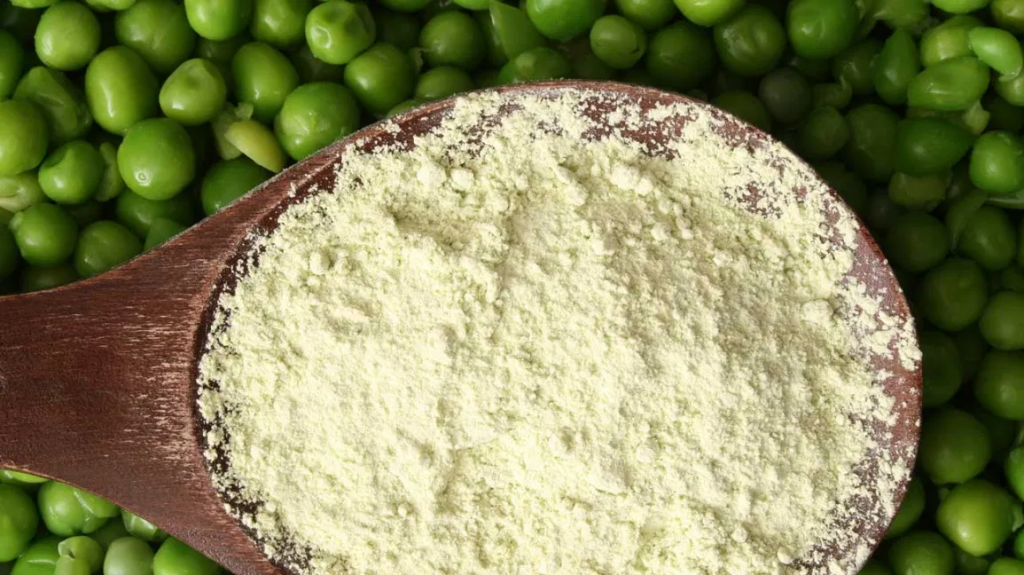Facts about edible insects as human food

What are insects?
All insects belong to the phylum Arthropoda. They usually have three pairs of jointed legs, segmented bodies, an exoskeleton, one pair of antennae, and (usually) one or two pairs of wings. They are ubiquitous and therefore, they live in nearly every habitat on earth. It is estimated that there are currently 10 quintillion insects on the globe some of which have not been studied. This offers the opportunity for using edible insects as food or alternative for food ingredients, alternative proteins. Here are some facts about edible insects as human food.

Edible insects are insect species that are used for human consumption. According to Ceritos, (2009), more than 1000 species of insects that are edible at a certain stage of their life cycle have been identified worldwide. Thus, not all insects have been found suitable for human consumption. Those declared as edible insects are the ones that were:
- Traditionally consumed – Though not studied, insects have long served as traditional foods in especially many African countries
- Studied and proven to be safe and nutritious – There is sufficient research done to proof that they are safe
Which insects are commonly consumed?
Caterpillars and winged termites are the most widely eaten and marketed insects in especially many African countries. In Kenya for instance, the lake flies, ‘agoro’ termites, black ants, crickets, and grasshoppers, are traditionally consumed in the western part of the country (Mutungi et al. 2019).

Why are they considered for food?
Edible insects are appealing for the following reasons:
- Increasing population that needs food – The world population is growing and there is possibility that crop and animal farming may not sustain us in years to come. Besides, there is more pollution acquired through this type of farming
- The economics of farming insects – Insects require less to farm, less space, less food, less maintenance unlike other types of farming
- Nutritional value – Nutritionally, insects have been ailed as having high quality protein, better than our plant sources. In fact, in some places, they contribute significantly to daily intake of nutrients, especially protein intake.
- Source of income – Insects are still contribute significantly to local economies where they are either reared of collected for sale
What’s the safety of insects as food?
Many researchers have reported potential hazards in insects. This is possibly because insects are mostly harvested from the wild, although that is slowly changing. Its good to consider the fact that, some insects are carriers of diseases. In fact, there could be diseases that are yet to be discovered in insects! Nonetheless, there are insects that have been consumed for centuries and are considered to be safe. Here are some potential safety concerns in edible insects:
- Pathogens -some edible Insects have been found to be vectors of pathogenic bacteria such as Salmonella and Escherichia coli
- Parasites – some zoonotic agents such as nematodes have some insects as their intermediate hosts. These insects may therefore become sources of disease in humans
- Pesticide residues – some insects such as locusts which are regularly controlled with insecticides could end up being collected for food while carrying pesticide residues
- Heavy metal contaminations – insects do not consume controlled diets, infact, they may consume just anything including heavy metal contaminated food. Research has shown that insects could in fact be contaminated with heavy metals
- Toxins – Potential toxicity is possible. In many ways, the insects could be sources of toxins. For instance, some insects have been found to concentrate cyanogenic glycosides which are fatal when degraded releasing cyanide.
- Allergens – allergic reactions due to consumption of insects have been reported. In addition, insect containing foods have been linked to allergic reactions.
- Others contaminants may include dioxins and polychlorinated biphenyls, polyaromatic hydrocarbons and mycotoxins

What is hindering the adoption of insect as food?
Many reasons hinder the uptake of insects in the world diet:
- Disgust factor – a psychological factor, believed to be the main reason why consumers do not consider eating insect containing foods
- Safety issues – Known and unknown safety concerns hinder the uptake of insects as food. The possibility of allergenicity or toxicities originating from insect food is a major blow. However, processing may help eliminate or reduce the levels of these contaminants.
- Insufficient research – there is still insufficient research t proof the safety of insects. More needs to be done to ensure that insects are safe. Testing of insect foods or ingredients for potential contaminants should be intensified to ensure absolute control of the value chain. Processing with the aim of enhnancing safety should be intensified. Nonetheless, there are insects that have been consumed for centuries ad considered to be safe.
The future of insects as food
Potentially, people will have to eat insects as food. However, much needs to be done:
- Control farming so as to control the final product quality. This is important in food quality assurance.
- Safety analysis to confirm that the insects are safe.
- Unleash technologies for processing into safe and less “disgusting” forms!
- Isolate and purify the important nutrients such as protein or the oils for use as ingredients in other food formulations.


